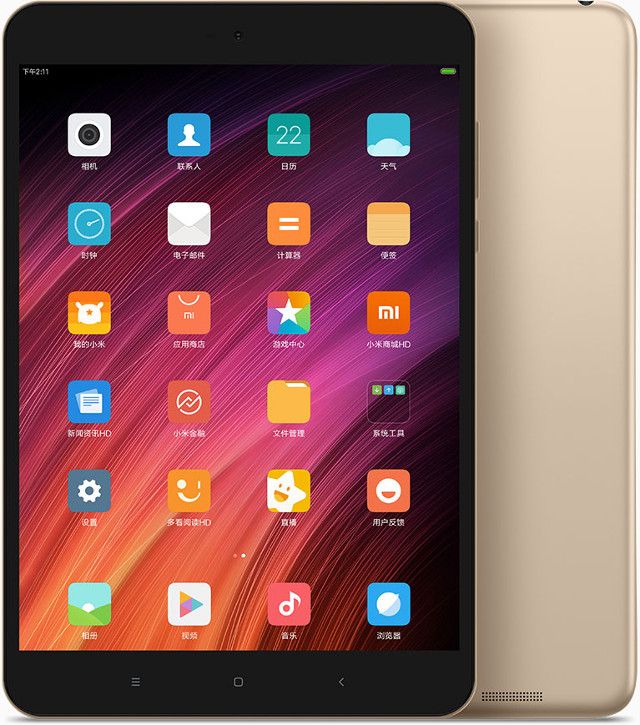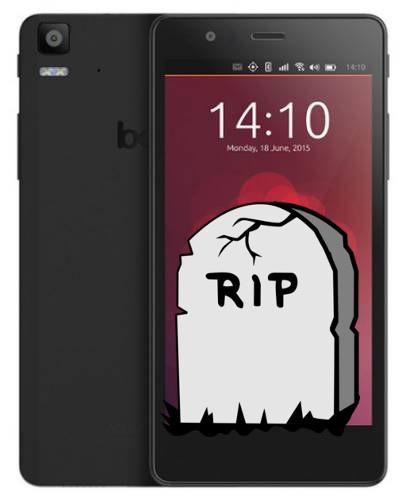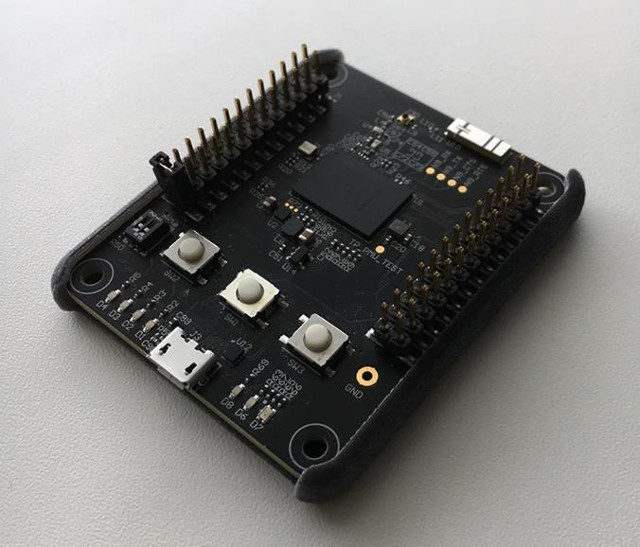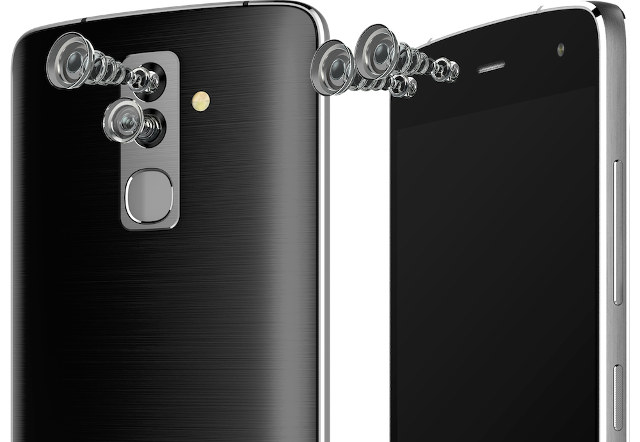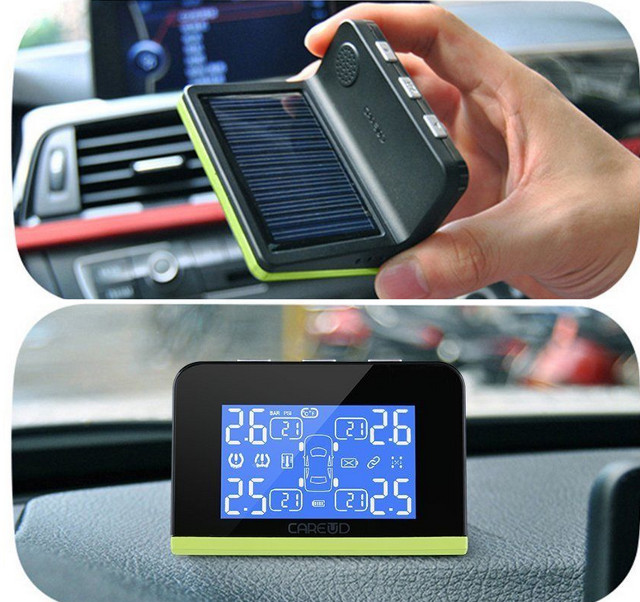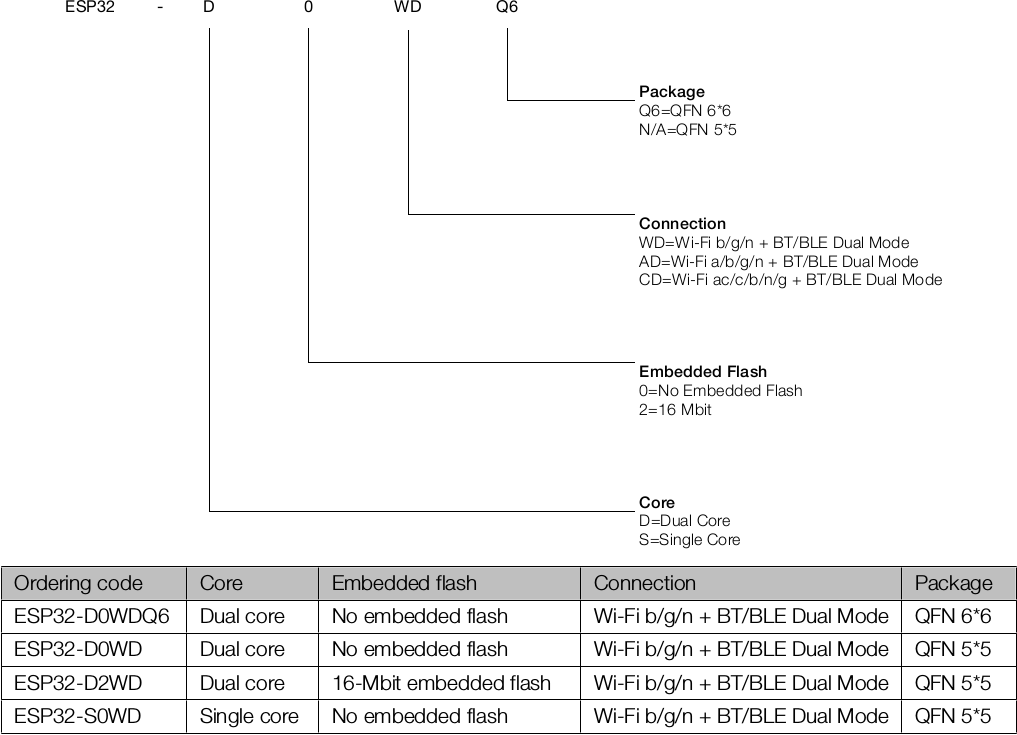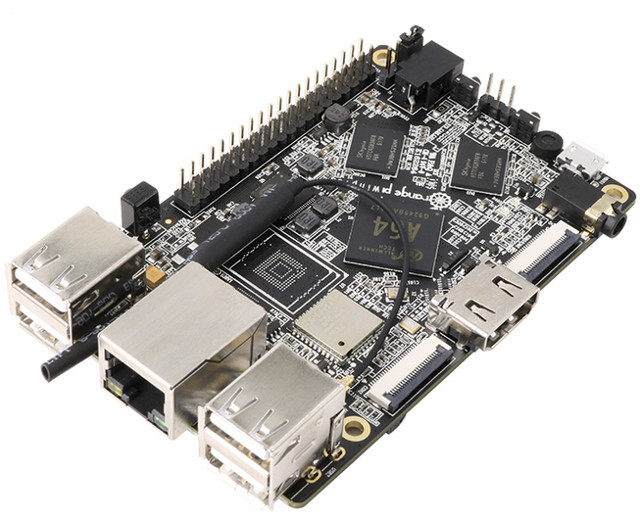Xiaomi Mi Pad 2 was powered by an Intel Cherry Trail, but the Chinese company has decided to go back to ARM for the third iteration of their MiPad tablet as they used Mediatek MT8719 hexa-core Cortex A72/A52 processor with 4GB RAM, 64GB flash, and the same 7.9″ display with 2048 x 1536 resolution. Xiaomi Mi Pad 3 specifications: SoC – Mediatek MT8176 hexa-core processor with 2x ARM Cortex A72 cores @ 2.1 GHz, 4x ARM Cortex A53 cores @ 1.7 GHz, and Imagination PowerVR GX6250 GPU System Memory – 4GB LPDDR3 Storage – 64GB eMMC flash, no micro SD slot Display – 7.9″ capacitive touch screen IPS LCD display with 2048 x 1536 resolution Audio – 3.5mm headphone jack, Connectivity – Dual band 802.11 b/g/n/ac WiFi, Bluetooth 4.2 LE Camera – 5MP front-facing camera, 13 MP rear camera with auto-focus, dual LED flash USB – 1x USB type C […]
Canonical Refocuses Ubuntu Development Efforts on Cloud and IoT, Drops Convergence and Mobile
Mark Shuttleworth has published a new blog post in Ubuntu Insights, and this is not all good news, as the title “Growing Ubuntu for Cloud and IoT, rather than Phone and convergence” implies. Canonical has decided to drop Unity8, and replace it with Gnome in Ubuntu 18.04, and by extension stop any investment in Ubuntu phone and convergence. The main reasons given for the drop were that few commercial partners were interested in the project, preferring to stick with the most popular mobile operating systems like Android, and the community did not see the work as innovation, but instead fragmentation, probably referring to the Mir vs Wayland saga. On the better news, Canonical is still committed to work on Ubuntu desktop, and will focus on the Cloud and IoT applications such as automotive, robotics, networking, and machine learning, for which the company has gone well so far with multiple commercial […]
Microsoft is Working with Mediatek on Project Sopris Secure WiFi MCU
There are serious security issues with the Internet of Things at all levels: hardware, software, network, and end-users. Microsoft Research NExT Operating Systems Technologies Group has been tasked with “exploring the goal of securing the vast number of low cost Internet connected devices coming online” with Project Sopris. They have shared their first technical report that identifies “seven properties of highly secure devices”, and describes their experiments towards designing microcontroller based prototype devices adapted from Mediatek MT7687 MIPS microcontroller, and exhibiting those seven properties. The seven properties identifies by Microsoft team include: Hardware-based Root of Trust – Unforgeable cryptographic keys generated and protected by hardware. Physical countermeasures resist side-channel attacks. Small Trusted Computing Base – Private keys stored in a hardware-protected vault, inaccessible to software. Division of software into self-protecting layers. Defense in Depth – Multiple mitigations applied against each threat. Countermeasures mitigate the consequences of a successful attack on […]
Embedded Systems Conference 2017 Schedule – May 3-4
The Embedded Systems Conference 2017 will take place over two days in Boston, US on May 3-4, and the organizers have published the schedule of the event. Even if you’re not going to attend, you’ll often learn something or find new information by just checking out the talks and abstracts, so I’ve created my own virtual schedule with some of the most interesting sessions. Wednesday, May 3rd 08:00 – 08:45 – Combining OpenCV and High Level Synthesis to Accelerate your FPGA / SoC EV Application by Adam Taylor, Adiuvo Engineering & Training Ltd This session will demonstrate how you can combine commonly used Open source frameworks such as OpenCV with High Level Synthesis to generate a embedded vision system using FPGA / SoC. The combination of OpenCV and HLS allows for a much faster algorithm development time and consequently a faster time to market for the end application. 09:00 – 09:45 […]
Alcatel Flash Android Smartphone Comes with 4 Cameras (Dual front, Dual rear Cameras)
In recent years, we’ve seen smartphones with dual camera systems most of the time placed on the rear side of the phone, but Alcatel Flash smartphone features both a dual front-facing camera for better selfies, and a dual rear camera, both coming with one color and one monochrome sensors. Alcatel Flash specifications: SoC – Mediatek Helipo X20 (MT6797) deca-core processor with 2x Cortex-A72 @ 2.3 GHz, 4x Cortex-A53 @ 1.9 GHz, 4x Cortex-A53 @ 1.4 GHz System Memory – 3GB RAM Storage – 32GB flash, micro SD slot up to 128 GB Display – 5.5” IPS display; 1920×1080 resolution; Dragontrail Glass; fingerprint-resistant Oleophobic coating Cellular Connectivity GPRS/EDGE – 850/900/1800/1900 MHz UMTS/HSPA+/DC-HSDPA – 850/900/1900/2100 MHz 34/39 band LTE – FDD: B1/3/5/7/8/20; TDD: 38/39/40/41 Dual Nano SIM Dual Standby Wireless Connectivity – Wi-Fi 802.11/b/g/n, Bluetooth 4.1, FM radio, GPS with A-GPS/Glonass/Beidou Cameras Dual rear cameras Dual 13MP Mono+RGB, Sony IMX258 1/3.06 sensor […]
Solar Powered CAREUD U800WF Monitoring System Checks Your Car’s Tires Pressure
Every few months, we inflate (or deflate) our car tires at the gas station to match the pressures for front and rear tires given by the manufacturer. But if you want to make sure the pressures are always at their optimal levels, or close to it CAREUD U800WF pressure monitoring system might be a useful little gadget. The monitor that you can place on your dashboard comes with the following specifications: Display showing pressure with +/- 1.5 PSI accuracy and temperature with +/- 3 °C accuracy for all four tires; data updated every 3 seconds. Connectivity – 433.92 MHz RF Power Supply Solar Panel 5V via micro USB port 900 mAh Li-ion Battery Temperature Range – Storage: -30 to 85 °C; operating: -20 to 80 °C IP Rating – IP5K4K (The “K” in the ingress protection rating means it complies with ISO 20653:2013 Road Vehicles-Degrees of protection) Dimensions – 76 […]
New Espressif ESP32 Single and Dual Core Processors in 5x5mm Package, Optional Embedded Flash Coming Soon
Espressif ESP32 was launched last year as a dual core Tensila processor with WiFi and Bluetooth connectivity, relying on external flash for storage, and packaged into a QFN48 6x6mm package. Espressif recently updated ESP32 datasheet, and the guys at ESP32net noticed three new versions of the processor with a QFN48 5x5mm package, one version including 2 MBytes embedded flash, and another version with a single core. The three new versions of ESP32 all come with the same WiFi 802.11b/g/n ad Bluetooth 4.0 LE connectivity and a QFN 5×5: ESP32-D0WD dual core processor without embedded flash ESP32-D2WD dual core processor with 16 Mbit embedded flash ESP32-S0WD single core processor without embedded flash ESP32-D0WD different with ESP32-D0WDQ6 is only the smaller package, while ESP32-D2WD brings 2MB embedded flash too possibly lowering the price of current solution with external flash, and ESP32-S0WD might be closer to ESP8266 price thanks to its single core, […]
Shenzhen Xunlong Releases Two Orange Pi Boards with 64-Bit ARM Processor, 2GB RAM
Shenzhen Xunlong has already been selling 64-bit ARM development board with their Orange Pi PC 2 & Orange Pi Zero Plus 2 H5 boards based on Allwinner H5, as well as Orange Pi Win board powered by Allwinner A64 processor. However, so far none of them are equipped with much memory, with the only options being 512MB or 1GB RAM. The company has recently launched two new boards with 2GB RAM, namely Orange Pi Win Plus featuring Allwinner A64 SoC, and Orange Pi Prime equipped with Allwinner H5 SoC. Orange Pi Win Plus That board is just an update to Orange Pi Win board with the only difference I could find being the 2GB RAM: SoC – Allwinner A64 quad core ARM Cortex A53 processor @ 1.2 GHz with Mali-400MP2 GPU System Memory – 2GB DDR3 Storage – 2MB SPI flash, micro SD slot up to 64GB, footprint for optional […]


